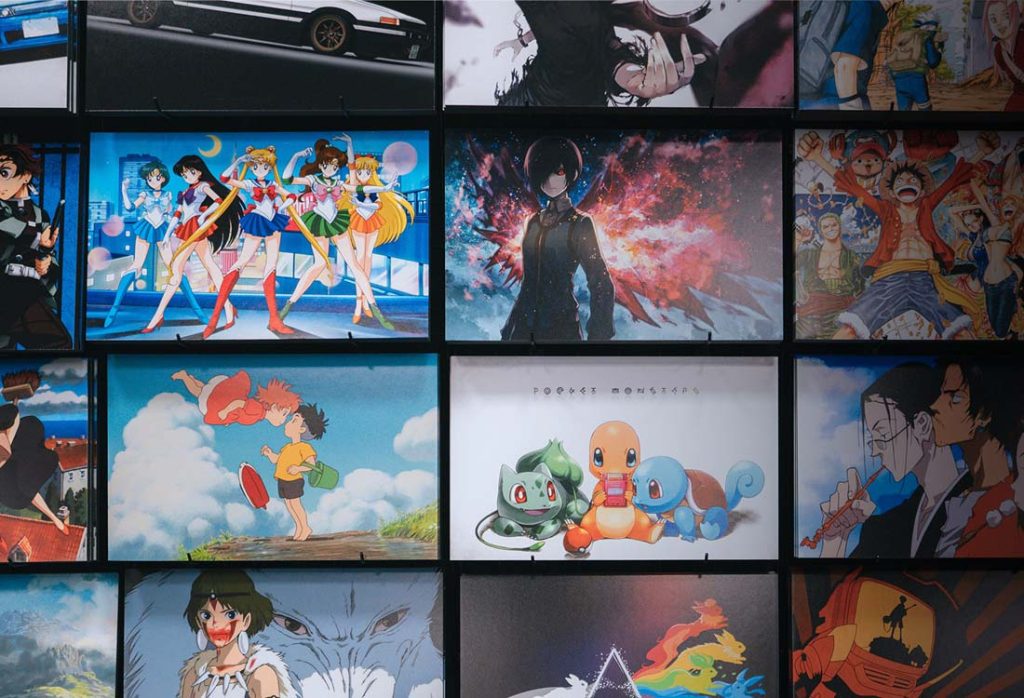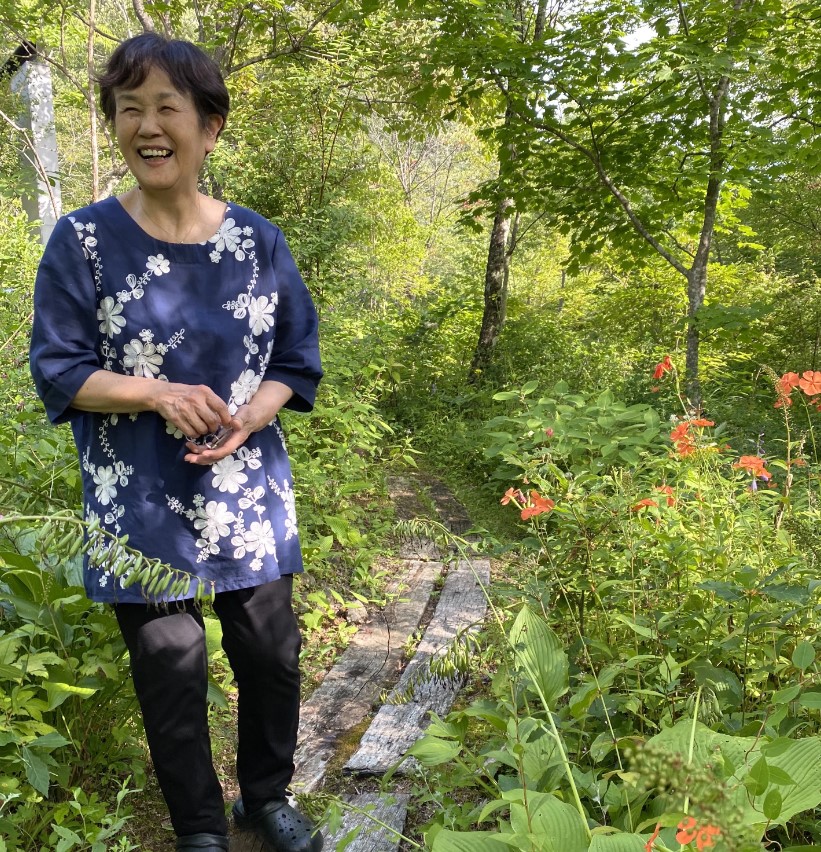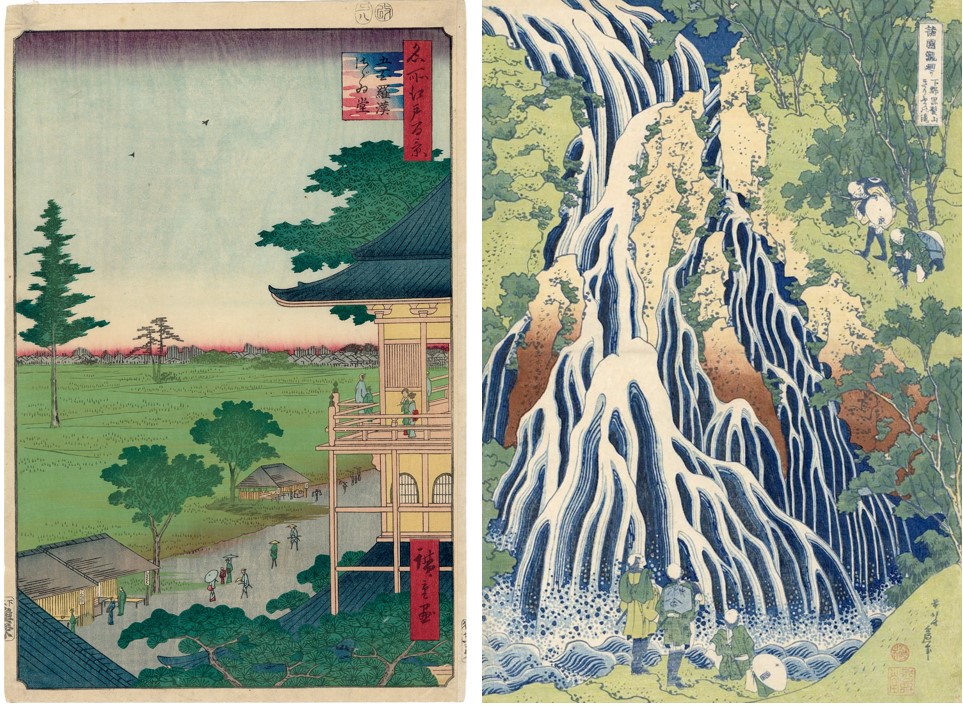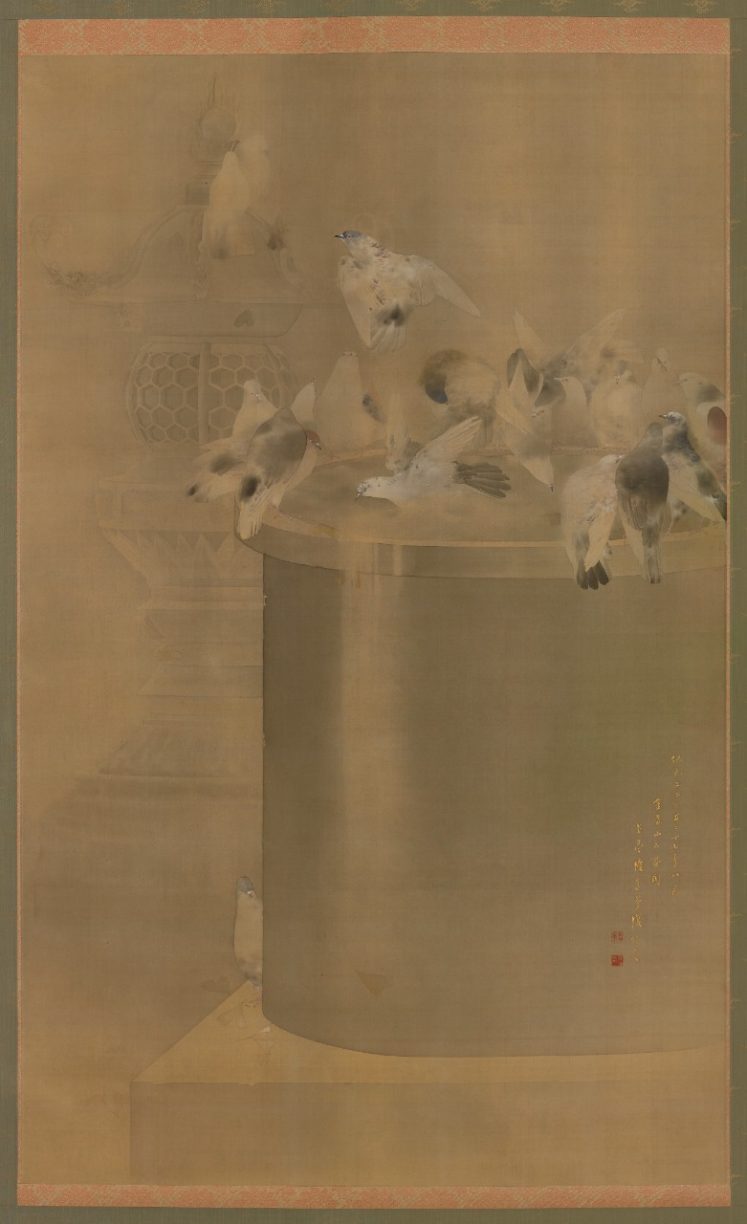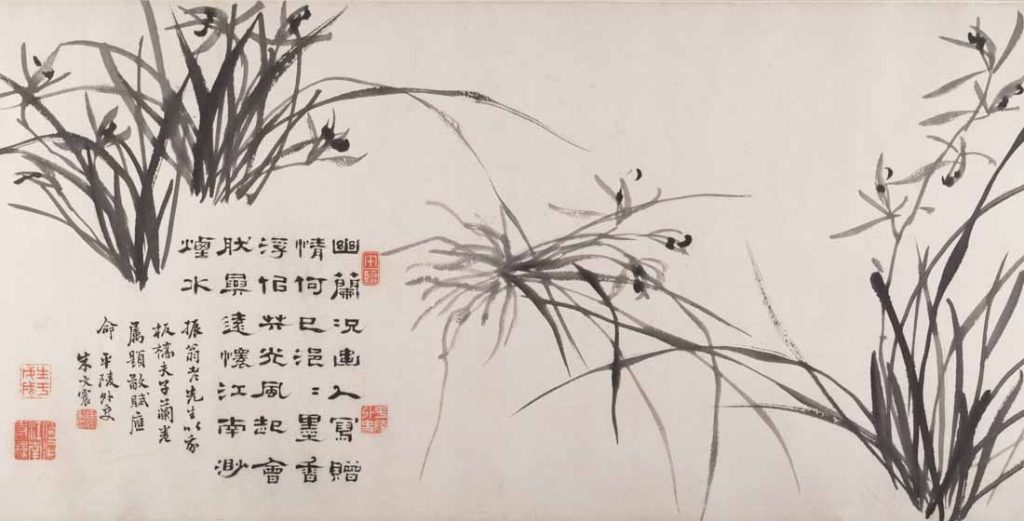Watanabe Seitei (1851–1918), Pigeons at Sensoji, Meiji era, 1877, ink and color on silk, Purchase—Charles Lang Freer Endowment, Freer Gallery of Art, F2000.1a
Two rewarding exhibitions of Japanese art are in their final week at the National Museum of Asian Art, Smithsonian Institution, and will close on January 29.
Feathered Ink
Concludes January 29, 2023
Across three galleries, Feathered Ink explores how Japanese artists have experimented over several centuries with different brush techniques in their depictions of avian subjects. Drawing from the Freer Gallery of Art’s extensive collection of bird-and-flower paintings, the exhibition includes hanging scroll paintings, folding screens, ceramics, and printed books.
In Japan, paintings on the theme of birds and flowers began to appear during the Heian period (794–1185) as a way of referencing seasonal associations or auspicious homonyms or of replicating the natural world in remarkable detail. Depicting a variety of bird species in naturalistic or paradisiacal environments offers a tantalizing opportunity for an artist to showcase their skills through the use of virtuosic ink brushwork techniques to represent different feather types and the textures of plumage and foliage. Adding colors can provide further layers of symbolic meaning and decorative effect. Birds are also popular motifs found on early modern Japanese ceramics, rendered through inlaid slip designs, molding, and polychrome pigments. Some of the vessels in this exhibition even provide a glimpse into how Japanese potters emulated the painterly effects of ink on clay surfaces.

Utagawa Kunisada, Three Sumo Wrestlers, early 19th century, woodblock print, ink and color on paper. The Pearl and Seymour Moskowitz Collection, S2021.5.539a-c
Underdogs and Antiheroes: Japanese Prints from the Moskowitz Collection
Concludes January 29, 2023
Expect the unexpected. The exhibition Underdogs and Antiheroes: Japanese Prints from the Moskowitz Collection focuses on the captivating stories and urban legends of individuals living on the fringes of society in early modern Japan. Key subjects in theater, literature, and visual arts reveal antiheroes and underdogs whose virtues are often embodied by their rejection of societal norms, making them misfits and moral exemplars at the same time. The exhibition follows virtuous bandits, tattooed firemen who love to fight, rogues from the kabuki theater, and others.
Highlighting the transformative gift of the Pearl and Seymour Moskowitz Collection to the National Museum of Asian Art, Underdogs and Antiheroes features subjects that are not commonly associated with traditional Japanese print culture but were nevertheless central to the interests of an early modern public. The exhibition explores new visual and thematic ground, further strengthening the museum’s trailblazing role in reconsidering presentations of Asian cultures.
